7 steps for implementing AI in your supply chain
- Identify your business needs and define your goal
- Establish your strategy and develop a road map
- Choose the right AI tools and providers
- Ensure quality data collection and management
- Start with a small pilot before doing a full rollout
- Scale and optimize for continuous improvement
- Prepare your team and invest in training
The global supply chain market is evolving at a rapid and unpredictable pace. And while customers expect faster fulfillment, demand is harder to forecast, and risks like supplier disruptions, extreme weather, and transport delays are becoming more frequent. In this high-stakes environment, traditional logistics methods — such as siloed data, static forecasts, and manual tracking — just can’t keep up.
That’s why more and more distributors and supply chain organizations are turning to artificial intelligence. AI offers powerful capabilities to help companies anticipate disruptions, improve demand planning, and optimize logistics. Across the supply chain, AI is helping teams work smarter, move faster, and build more resilient operations. Capgemini reports that more than 27 percent of companies have established dedicated AI teams for supply chain. And according to McKinsey, AI in the distribution value chain can lead to
- 20–30 percent lower inventory costs
- 5–20 percent lower logistics costs
- 5–15 percent less procurement spend
If you’re looking to build a more agile and resilient supply chain, now is the time to explore artificial intelligence. In this guide, we’ll break down the key AI technologies transforming supply chain management today and show you how AI can help solve your supply chain issues.
What is AI in supply chain management?
AI in supply chain management refers to the implementation of advanced technologies throughout the supply chain, from product development down to logistics, marketing, sales, and even customer service. Before now, supply chain management relied on manual processes, reactive solutions, and fragmented data sources, all of which could be highly inefficient. These inefficiencies often led to delays, poor decision-making, inventory mismanagement, and supply chain disruptions. But the introduction of AI-driven supply chain solutions mitigates these challenges with predictive analysis, real-time optimization, and automation.
A manufacturer can use predictive analysis, for instance, to forecast demand and accurately predict warehouse and production capacity based on historical data. This way, the business can minimize wasted resources and avoid overproduction or stock shortages. Similarly, distributors can use warehouse automation tools to track inventory levels, document goods efficiently, and minimize excess inventory buildup across their distribution centers. AI-powered logistics also helps distribution companies plan shipments and optimize delivery routes to prevent unnecessary transport disruptions.
Additionally, AI technologies like agentic AI empower supply chain companies with increased agility and resilience. When companies combine the adaptability of agentic AI with traditional AI, they can better manage risks, respond swiftly, and adapt to short-term disruptions in real time. DHL is a prime example of an organization driving agility and resilience with AI in its supply chain. The company deployed 100 autonomous mobile robots (AMRs) to automate its warehouse operations. This move resulted in a 50 percent reduction in quality issues, a 60 percent cut in cycle time, and a 50 percent drop in training time.
In the section that follows, we outline eight core types of AI technologies employed in supply chain management today, along with what each one brings to the table.
AI technologies in supply chain management today
1. Agentic AI: These are AI systems that act autonomously and make decisions without constant human oversight.
2. Machine learning (ML): In supply chain, ML analyzes large datasets to uncover patterns, predict outcomes, and continuously make improvements. Machine learning powers AI applications like demand forecasting, supplier risk scoring, and dynamic inventory management.
3. Predictive analytics: This technology uses historical and real-time data to forecast future events like demand spikes, delivery delays, and stockouts. With predictive analysis, companies can make proactive decisions around procurement, production, and fulfillment.
4. Natural language processing (NLP): NLP enables AI systems to understand and interpret human language from texts. This helps businesses automate supplier communications and extract data from logistics documents, powering intelligent chatbots like the Jotform Supply Order AI Agents for procurement support.
5. Computer vision: Computer vision allows AI systems to see and analyze images or video. In supply chains, it is used to monitor warehouse inventory levels, automate quality inspection, and detect damaged goods in transit.
6. Robotic process automation (RPA): RPA automates repetitive, rule-based tasks. When combined with AI, it helps streamline backend logistics operations with minimal human input.
7. Digital twins: AI-enhanced digital twins help teams simulate scenarios, test decisions, and optimize operations before making real-world changes.
8. Generative AI: Teams use generative AI to create dynamic reports, optimize routing strategies, or generate documentation automatically.
9 key benefits of AI in supply chain
Artificial intelligence in logistics and the supply chain offers numerous benefits that can significantly impact your company’s bottom line, as well as its ability to stay competitive in today’s market. Some of those benefits include
- Reduced operational costs
- Fewer disruptions and risks
- Higher forecast accuracy
- Optimized inventory management
- Improved delivery speed and routing
- Enhanced visibility and traceability
- Smarter resource allocation
- Proactive decision-making
- Improved customer experience
Did you know?
Jotform Supply Order AI Agents streamline procurement with automated inventory checks, purchase requests, and supplier verification, dramatically reducing supply chain errors. Learn more about them here.
7 steps for implementing AI in your supply chain
Implementing AI in the supply chain doesn’t just mean adopting new technology — it involves rethinking your entire supply chain operation. The most successful companies use AI to become more predictive, responsive, and data-driven across their entire operations.
But that kind of transformation doesn’t happen by accident. It takes careful planning. According to a recent Gartner survey, organizations with clearly defined AI adoption strategies and measurable goals are far more likely to succeed with AI implementation than those businesses with none. Whether you’re applying AI to logistics, product development, or demand forecasting, the following steps will help you deploy supply chain intelligence that reduces risk, delivers results, and keeps your operations agile.
1. Identify your business needs and define your goals
Auditing your current supply chain operations is a crucial first step. According to McKinsey, fewer than one-third of supply chain companies conduct independent diagnostics to identify value creation opportunities in their operations early on. As a result, over 60 percent of AI transformation projects end up being delayed or over budget.
To avoid costly missteps, start by identifying areas in your business where AI can create measurable value. For instance, repetitive and error-prone processes such as inventory, logistics, procurement, and production are strong candidates for AI application. Once you’ve identified your value opportunities, set clear goals that align with your business objectives and tie them to relevant supply chain key performance indicators (KPIs) so you can track the results.
2. Establish your strategy and develop a road map
Implementing AI in supply chain requires a strategy that’s tightly aligned with your broader business goals. Without one, you risk wasting resources, veering off course, or triggering operational slowdowns.
Chances are, multiple areas across your supply chain could benefit from AI, but trying to upgrade everything at once can overwhelm your team and systems. Instead, focus your efforts by creating a phased road map that prioritizes your most critical business needs first. That way, you can easily manage implementation, learn in real time, and make adjustments as you go.
3. Choose the right AI tools and providers
There’s no shortage of AI tools and providers for supply chain, but not all tools are created equal. The tools you choose should depend on your use case, scalability requirements, and compatibility with existing systems. Look for platforms that support seamless integrations, can handle large datasets, and have a track record in the supply chain industry. Providers like Oracle, Google Cloud, and Amazon Web Services (AWS) offer robust cloud-based solutions for logistics and forecasting. Depending on your needs, it may be a good idea to consult with an AI systems integrator or supply chain technology advisor to help you evaluate and implement the right solution stack.
4. Ensure quality data collection and management
Whether you’re applying AI to route optimization, forecasting, or warehouse automation, your success depends on having clean and reliable data.
Before deploying any AI tools, take the time to aggregate, clean, and validate your datasets to resolve inconsistencies, eliminate duplicates, and structure data to match your use case. Failing to do so can lead to inaccuracies and bias that may hinder the AI from providing reliable insights. If you’re working with a systems integrator, they can help you set up proper data pipelines. Otherwise, a tool like Jotform Supply Order AI Agents can simplify data collection at the source and reduce errors, especially in procurement workflows.
6. Start with a small pilot before doing a full rollout
Implementing AI in supply chain can be complex, so instead of rolling it out across your entire operation at once, begin with a focused pilot. For instance, test AI on a specific challenge, such as forecasting demand for a single product category. A small-scale deployment helps minimize disruption, manage stakeholder expectations, and surface unexpected issues early. It also gives you space to evaluate model performance, fine-tune processes, and build internal buy-in before expanding.
7. Scale and optimize for continuous improvement
After a successful pilot, you can gradually integrate AI into other areas of your supply chain while continuing to monitor performance. AI-driven supply chain solutions are never fully complete. They require constant feedback, retraining, and fine-tuning to stay effective in changing environments. As your business evolves, build feedback loops into your operations and refine workflows based on real-time performance data. For instance, you can set thresholds that trigger human review in dynamic environments and flag inaccurate predictions so the AI model can learn and improve.
8. Prepare your team and invest in training
For best results, it’s essential to prepare your team for AI implementation by investing in employee training. When teams understand how AI fits into their workflows and supports their efficiency, adoption becomes smoother and more sustainable.
AI applications in supply chain: A quick comparison
You can apply AI-driven supply chain solutions to virtually every area of your business operations. This chart provides a summary of some specific ways supply chain managers are using AI to enhance operations and drive business forward.
| AI application | How it works | Business impact |
|---|---|---|
| Route optimization | AI uses real-time traffic, fuel costs, weather conditions, delivery schedules, and GPS data to plan the most efficient delivery routes. | – Reduces fuel consumption and transportation costs – Improves delivery speed and on-time rates |
| Demand forecasting | AI uses machine learning to analyze vast amounts of historical sales data, market trends, customer behavior patterns, and other factors to identify patterns, then makes informed predictions about future demand. | – Reduces overstock and stockouts – Improves inventory turnover – Enables proactive production and procurement |
| Warehouse automation | AI-enabled robots pick, sort, and move items in warehouses using sensors, cameras, and path-planning algorithms. | – Reduces reliance on manual labor – Speeds up order fulfillment |
| Document automation (invoices, bills of lading, purchase orders) | AI uses computer vision and NLP to extract data from unstructured documents, like invoices or bills of lading, and then processes them automatically. | – Reduces manual data entry and errors – Accelerates processing time for payments and shipments |
| AI-powered order processing | AI automates order tracking, invoicing, and order processing. | – Speeds up order turnaround – Reduces errors and order issues – Lowers operating costs |
| Automated procurement (Jotform Supply Order AI forms) | AI-powered forms collect real-time supply orders, validate supplier data, and track inventory needs using machine learning and NLP. | – Reduces procurement errors – Accelerates processing time |
| Predictive maintenance | AI uses anomaly detection and regression models to process sensors/IoT data from machinery and fleet equipment to detect failures before they occur. | – Reduces unplanned downtime – Increases asset lifespan – Minimizes maintenance costs |
| Chatbots and virtual assistants | AI-powered bots use NLP and generative AI to handle internal procurement requests and provide support to vendors. | – Speeds up communication and ticket resolutions – Frees up human agents for higher-value tasks |
Bring AI into your procurement workflows with Jotform
Whether you’re managing office supplies, medical inventory, or construction materials, Jotform’s Supply Order AI Agents can make procurement faster, smarter, and more accurate. These AI-powered agents automate purchase requests, inventory checks, and supplier verification by engaging vendors in natural, dynamic conversations.
Powered by NLP, machine learning, and predictive analytics, Jotform AI Agents can understand complex order requirements, adapt to unique inventory patterns, and even anticipate supply needs. Once you upload your supply chain documentation and order specifications, the AI Agents create an intuitive self-guided ordering experience for both suppliers and procurement teams.
Jotform Supply Order AI Agents can dramatically reduce order errors, speed up processing times, and improve procurement efficiency — all with no coding or IT team required. You can fully customize the agents to match your workflows, vendor relationships, and compliance requirements. Learn more about Jotform AI Agents or get started with our customizable AI supply chain solutions today, and bring intelligence into your procurement process.
Challenges and risks of AI in supply chain
Even with its numerous upsides, adopting AI in the supply chain is not without its challenges. From operational risks to technical hurdles, several factors can slow implementation or create friction, especially for companies early in their AI journey. Here are some of the most common barriers businesses encounter, along with practical tips for navigating them.
1. High implementation costs: AI projects often demand significant investments up front, such as acquiring and integrating the hardware and software to run AI systems. Beyond that, training AI models can also require a huge effort. The process of collecting, validating, cleaning, and transforming large amounts of company data is compute-intensive and demands servers powered by graphics processing units (GPUs) that can cause a spike in cloud service bills and on-premises resources. Along with setting up the AI, training employees will likely incur a financial cost and some business downtime. And for many supply chain organizations — especially small and mid-sized ones — these costs can be a barrier to entry.
How to overcome it:
- Start with a single high-impact use case and prove your return on investment (ROI) before scaling.
- Use cloud-based AI tools that offer flexible pricing.
- Create a schedule for training employees even before implementation begins.
2. Complexity issues: Successful AI deployment requires integrations between new AI tools and legacy supply chain systems, which can be both time-consuming and complex. In its 2025 digital trends and operations survey, PwC reports that among supply chain leaders, integration complexity is cited as one of the reasons AI investments have not delivered expected results. If these complexities are not addressed, AI projects can struggle and fail.
How to overcome it:
- Invest in data infrastructure.
- Use modular and interoperable tools.
- Start with simple pilots.
- Stick to iterative improvements.
3. Data privacy and security risks: Supply chains handle lots of sensitive information, from supplier contacts to pricing data, customer orders, and sometimes even regulated materials. Feeding this data into AI systems raises concerns and increases the risk of cyberattacks, hacking, and compliance violations.
How to overcome it:
- Invest in secure AI platforms with strong encryption, access controls, and audit trails.
- If operating in highly regulated industries, conduct regular compliance reviews.
- Work only with AI vendors who meet relevant certifications like SOC 2, ISO 27001, or GDPR.
4. Overreliance on AI: Despite AI’s transformative potential, it doesn’t replace the need for human oversight in supply chain operations. Relying too heavily on algorithms without human intelligence can lead to poor decisions, especially in high-stakes situations like supply chain disruptions, ethical sourcing issues, or market volatility.
How to overcome it:
- Keep humans in the loop for strategic calls.
- Train staff to detect anomalies and question AI results.
Pro Tip
AI should augment your team, not replace it. Human expertise remains critical for
- strategic decision-making
- adaptability
- compliance
Power your business with next-generation supply chain technology
Without a doubt, the use of artificial intelligence in logistics and supply chain will continue to gain momentum in the coming years. Beyond cost gains and basic automation, AI is also driving sustainability tracking, improving energy efficiency, and reducing environmental impact. Emerging tools like autonomous AI agents are now coordinating supply chain workflows across areas such as demand forecasting, logistics tracking, and procurement to minimize bottlenecks and delays.
In fact, a PwC survey of 610 supply chain leaders shows that many companies are already using AI agents and other technologies to anticipate and mitigate supply chain disruptions — not just respond to them. But as McKinsey notes, simply deploying AI technology is not enough. To reap the full benefits, organizations must match the technological investments with organizational changes, process updates, and upskilling efforts.
The good news is, you don’t need to overhaul everything on day one. The smartest path is to start small: Identify a high-impact opportunity, run a pilot, gather feedback, and then scale what works.
If you’re ready to take the first step, consider using Jotform Supply Order AI Agents to automate workflows, eliminate manual steps, and build a more agile and intelligent supply chain. Get started today.
This article is for supply chain leaders, operations managers, and logistics professionals who want to understand how AI can help them forecast demand, reduce costs, and build more agile, resilient supply chains through practical implementation steps and real-world examples.
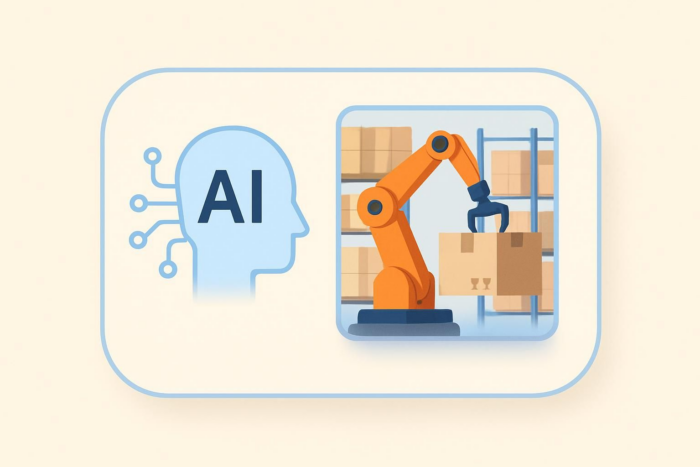



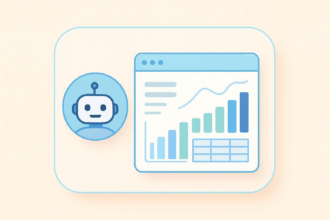







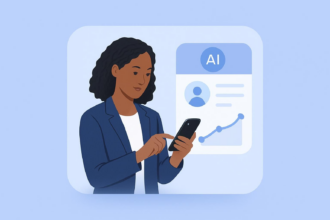


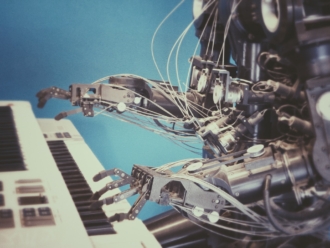
















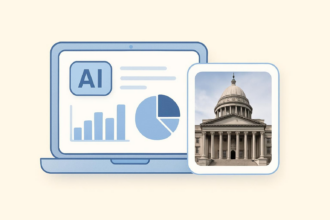
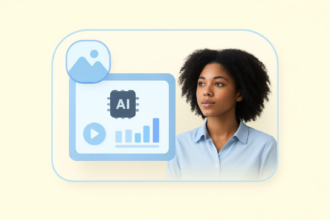









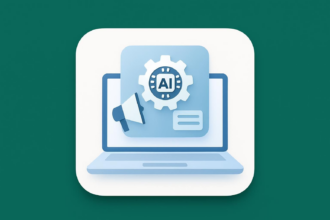




















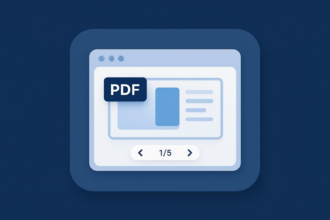


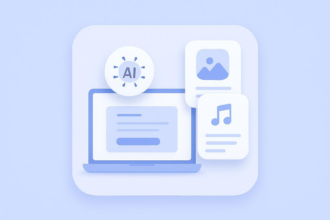




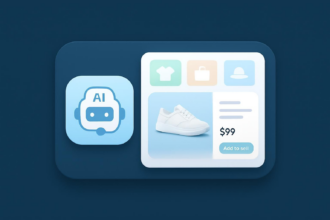








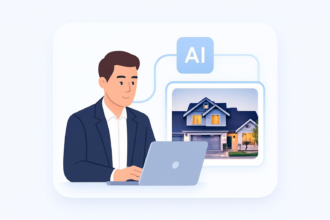






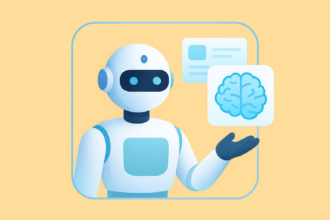
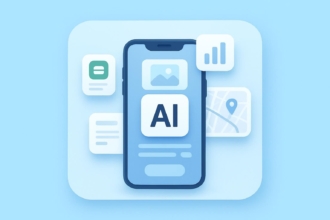






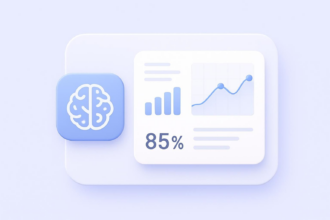

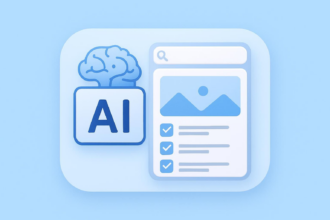



Send Comment: